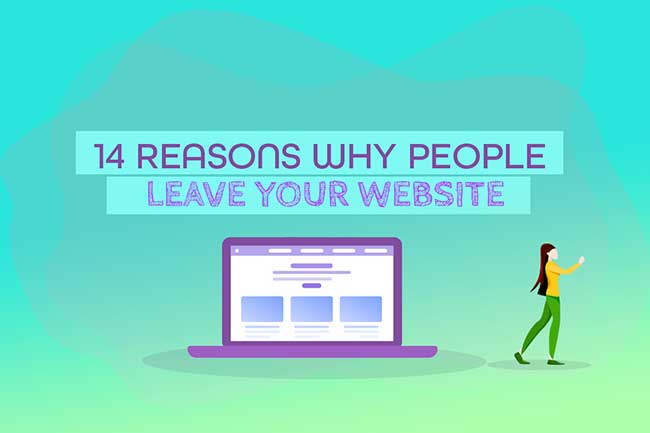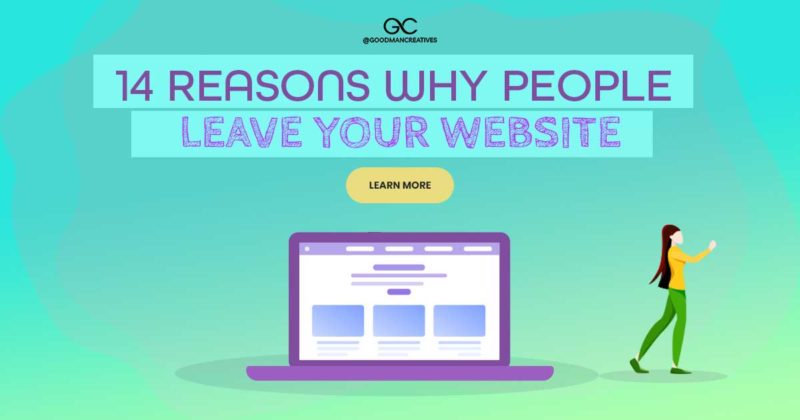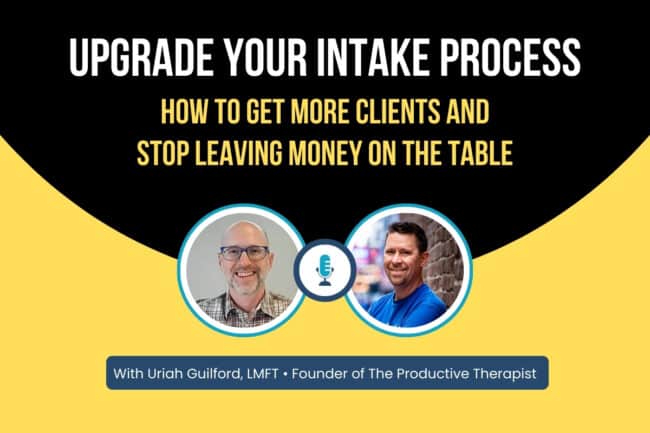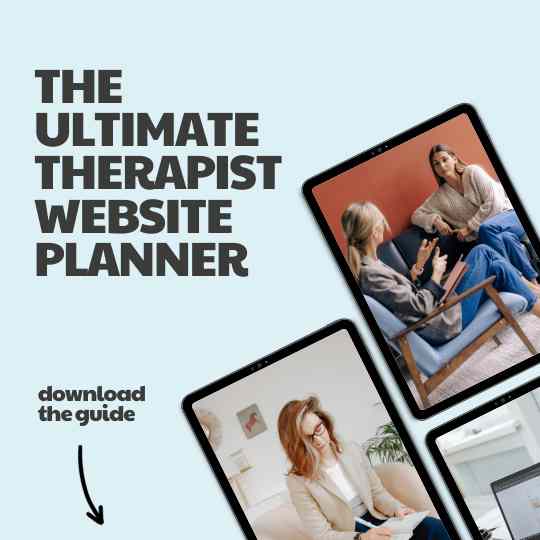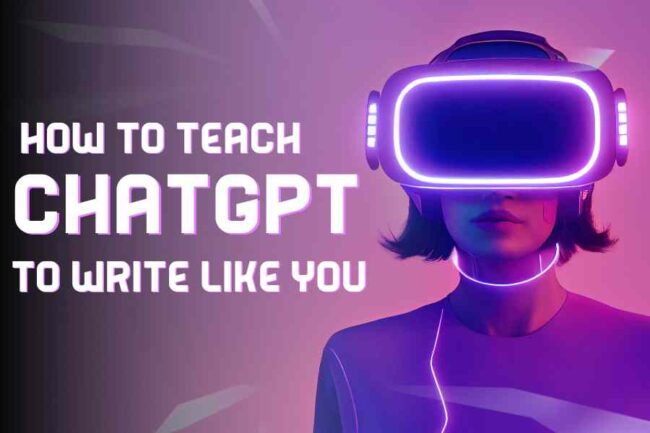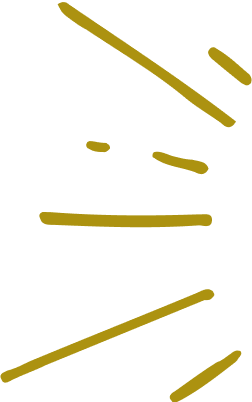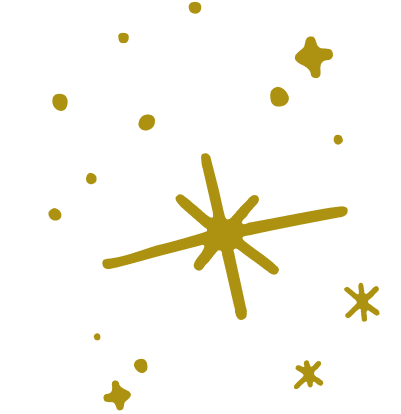If you haven’t studied web design for therapists, then your website might not offer what it should. No matter how great it looks, if people aren’t staying on the site long enough to become clients then the site isn’t what it needs to be.
If you can understand why people leave your website, then you can make the tweaks necessary to utilize the site to its full purpose.
Goals of Web Design for Small Businesses
Before you design (or redesign) your website, you should get clear about your goals.
- What do you want this website to do?
- When people see this website, what should they think and feel?
- More importantly, what action do you want them to take?
Here’s an example:
If you have a therapy practice, you might want your site visitor to feel soothed, confident, and curious about therapy. Furthermore, you want them to click on the “schedule an appointment today” button. After all, your primary goal is to get new clients, so you want your web design to drive people to achieve that goal.
Some common goals of web design for mental health professionals include:
- Get your name and brand out there.
- Clearly explain what products and services you offer.
- Establish credibility in your niche.
- Provide information that answers questions from potential clients.
- Fill your caseload.
If you aren’t doing those things successfully then people might leave your website.

What Is UX Design?
If you’re wondering why people are leaving your website, then you might want to learn just a little bit more about user experience design (UX Design).
UX Design is a detailed website design strategy that makes a website relevant, meaningful, and useful to the people who visit it.
People who study UX look at a variety of features of a website including:
- Branding that aligns with the user’s values
- Ease of site usability across multiple devices
- Joy of using the site
- Visual design and layout
UX design is a fancy term, but if you think about it for a moment, you can see that it is actually very simple. It’s all about enhancing the user’s experience of your website.
If the site is confusing, slow, hard to navigate, or doesn’t offer helpful information, then people are going to leave your site.
On the other hand, if your site is pretty, fun, easy to use, and each page is rich with helpful information then the user will want to stay on the site. It’s common sense, really. Make your business website a site that you yourself would want to use.
People Will Leave a Slow Website
When you think about web design for small business sites, you probably think about what the site looks like. However, if it takes too long for the site to come up on the screen, then people won’t ever even see what it looks like.
People expect each page of a website to come up quickly no matter what browser or device they are using.
If the pages don’t pop up fast and easily, then people aren’t going to visit your site. They will click away and go check out a competitor that has a faster website.
If you’re revamping your website, then this is one of the most important things to pay attention to. Test the site across many different devices so that you get a good sense of your user’s experience.
Your Website Should Look Professional
If you have a professional therapy practice, then your website should reflect that. Your website tells people who you are. That’s why it’s so important to work with a professional who does websites for therapists – or at least get second opinions from others to make sure that your website reflects the professional image that you want to showcase.
Don’t get complacent with your website — trends in professional web design change pretty quickly.
For example, modern websites frequently incorporate animation and interactive media but no longer use Flash. On the other hand, there’s a parallel trend towards minimalism. In either case, your choices for images, typography, and layout all say something about your level of professionalism.
If you’re using a font that was all the rage back in 1999 (looking at you, Comic Sans) then your site probably doesn’t send the message that you’re hoping to create amongst potential customers. As a result, they’ll take one look and click away from the site.
. . .
Do People Feel Duped by Your Site?
People will typically find your website thanks to a keyword search, Google Ad, or a link from social media. Therefore, they’re already expecting something when they arrive. If that’s not what they see when they get there, then they’re going to feel disappointed or even duped, and naturally, they will click away from the website.
For example, let’s say that you’re looking for a therapist in San Francisco. You enter that term into Google, and you choose a link. However, when you get to the site, it is actually for a coach without a license.
The page has that keyword phrase, so it came up in the search, but the actual website is about something entirely different. It’s not what you’re looking for, so you click away.
The appropriate use of keyword search terms is critical if you want to keep people on your site.
In addition to providing site visitors with relevant information, you want to make sure that you provide them with information that is useful, interesting, and engaging.
Sure, you could write up a 500-word blog post that incorporates a keyword relevant to your site and get people there … but if that post doesn’t share something new, interesting, or helpful then why would the visitor want to stay?
Use your pages to share what you know, providing something of value that will make the site visitor believe that you know what you’re talking about and can provide answers to their questions.
Additional Reasons People Leave Your Website
Here are some of the other common reasons people might be leaving your website:
- The site is hard to read because of font size or style.
- There are too many distracting ads, especially pop-ups.
- It’s unclear how to get to a page that will answer a customer’s question.
- The page feels boring, particularly if it lacks color.
- The site’s navigation menu is confusing – or missing altogether.
- You haven’t updated your plugins and they’ve become out of date.
- Auto-play sounds and videos surprise the user in a bad way.
- The page doesn’t clearly explain what the visitor gets from being there.
- You require too many registration steps before people can see content.
- There’s no call-to-action so users don’t know what to do next other than click away.
Take the above into consideration when working on your website design. If you can predict the problems that people might have with the site and correct them ahead of time, then you can avoid losing that important traffic.
Need Help With Web Design?
If you’re wondering why people are leaving YOUR website, reach out today and schedule a free Q&A call. At Goodman Creatives, we’re more than just web designers. We’re are artists, marketing experts, UX pros, and friendly people with a passion for helping you succeed.

